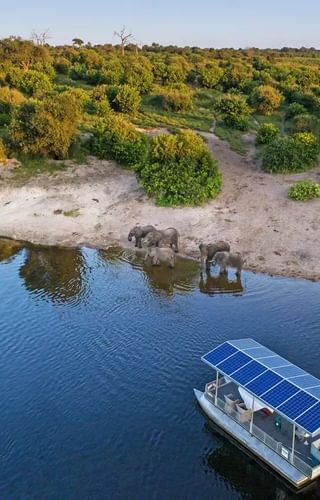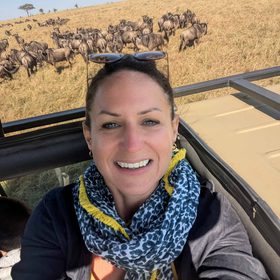Month by month guide of when to go
Botswana is a rewarding destination year-round, with consistently strong wildlife viewing whatever the month. However, seasonal changes in temperature, rainfall and water levels can shape your experience – and your preferences around climate and crowd levels may help determine the best time to go.
Peak Season – May to September - Botswana’s dry season is also its most popular, with long, sunny days, cooler nights and exceptional wildlife sightings. This is when water levels in the Okavango Delta are at their highest, creating the labyrinth of channels and floodplains the region is famous for. Animals are drawn to remaining water sources, vegetation thins out, and game viewing is at its most dramatic. It’s also the best time for boat and mokoro safaris in the Delta.
Low Season – October to April - This is the green season – warmer, wetter, and with far fewer travellers. Game viewing remains excellent, particularly in the early months, and this is a brilliant time to witness newborn animals, migratory bird species, and the annual zebra migration in the Makgadikgadi region. Afternoon rain showers are common, especially from December to February, but the landscapes are lush and the skies are dramatic.
The hottest months are typically October and November, with high temperatures and little shade. January and February see the heaviest rains, which can affect travel in some remote areas – but they also bring vivid colours and dramatic skies that photographers love.
Botswana Trip Inspiration
Speak to a Botswana expert today
and start planning your tailor-made holiday

Alistair
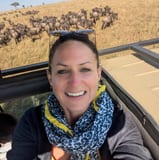
Ruth
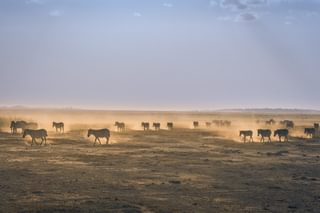
January
January is the heart of the wet season, with heavy downpours usually in the afternoons. Much of the wildlife is still there it may just take a little longer to find as its more dispersed due to the surrounding surface water. This time of year is hot, and aside from the rainshowers it's sunny. Migratory birds are breeding, and the young offspring of the plains game will be skipping about the savannahs. This is the best time to see the Zebra and Wildebeest migration as well as large flocks of flamingos down in the Makgadikgadi Salt Pans. Rates are lower during the wet season.
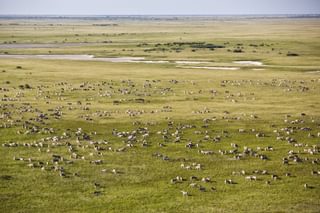
February
February is also one of the warmer months, and is defined by both sunshine and heavy storms, which making it another great time for photography. It's now that the Central Kalahari begins waking up, with herds of game coming to graze the lush grassland. Again, the peak migration should be in the Makgadikgadi now with large herds of wildebeest and zebra in the area. Game viewing is still great in many areas of the Okavango Delta with many of the dried camps on the western side top choice.
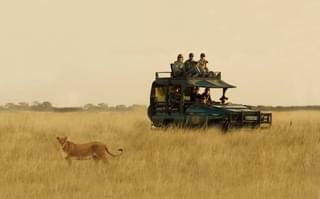
March
March - The wet season slowly comes to an end, leaving hot, drier days. There is still some rain, but only for short periods during the afternoon. Enjoy the green scenery and the lower accommodation rates. Towards the end of March the wildlife in the Central Kalahari really begins to pick up as large numbers of plains game head in the pans and Valleys. This is a great time of year to combine the Central Kalahari and Okavango Delta.
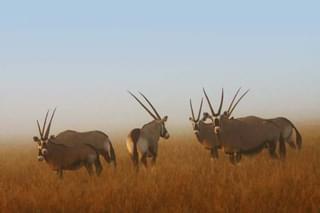
April
April is a fine month to visit Botswana, as the nights become cooler and sleeping is easier. Breeding season is underway for plains game, so keep an eye out for the clashing males attempting to woo the females out on the savannahs. Along with the breeding season comes more predator activity as the young animals are easy pickings. This is peak game viewing time in the Central Kalahari Game Reserve making it an integral part of any itinerary.
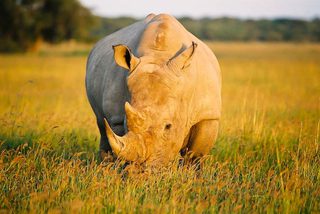
May
May, with the rainy season at an end, the temperature falls, making bush excursions more pleasant. Nights can be a little chilly, so you'll probably need an extra layer if you're heading out on an evening game drive. Skies become clearer and there are fewer mosquitoes. This is one of our experts favourite months to travel and also marks the final month before the peak season rates kick in in most camps.

June
June is the middle of winter in Botswana and is one of the best times to visit the country. Days are pleasantly warm, and nights are spent tucked up cosily in your camp or lodge. Wildlife becomes concentrated around waterholes making it easier to spot. This is a great time to visit the Okavango Delta, Moremi and Chobe.
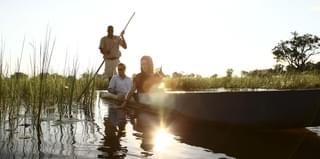
July - August
July brings warm sunny days, and cool nights, July is the perfect time to be in Botswana. Although this is the dry season, it's a great time to enjoy a traditional mokoro canoe trip as floodwaters begin to rise in the Okavango Delta, flowing down from the highlands of Angola.
In August the temperature begins to rise again, but it's still a superb time for game viewing, and the Makgadikgadi Pans are now accessible through until October. Water is now scarce in many of the parks, making game viewing easy. It's a good time to visit Savute and Linyanti.

September - October
Days in September are hot with sunny blue skies, and the nights are no longer cold. It does get quite dusty out in the bush thanks to many months without rain, and game viewing is excellent as predators and prey alike hunt to find water.
October is warmer, and safari activities take place during early mornings and late afternoons to avoid the worst of the heat. This is one of the final month before the rains come and the ground is at its driest making for exceptional game viewing. If you don’t mind hot days this is one of the peak game viewing months.

Novermber - December
November remains hot, but the rains return mid-month, bringing the plains and forests back to life. If you want to see young animals being born, and lots of predator action, this is the month to come. With rates dropping in November and the rains often falling later on in the month the first 2 weeks of November are a very popular time to travel. It also ties in nicely with great weather in Cape Town and the garden route.
In December the rainy season is now in full swing with often short heavy down pours in the evening, days are still mostly sunny. Landscapes are lush and there is plenty of wildlife activity as the new-borns flourish.































